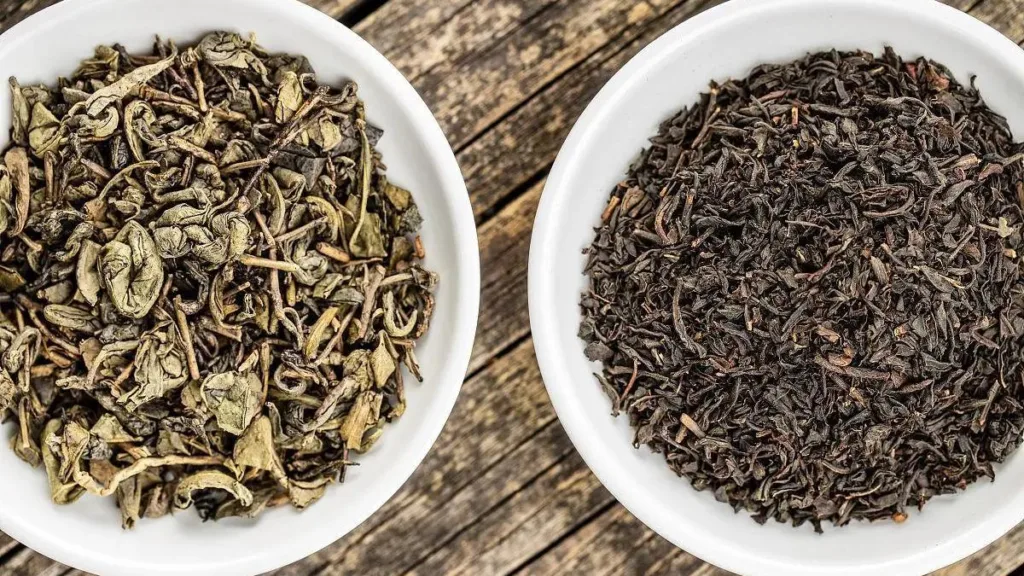The role of tea utensils primarily serves to enhance our tea-drinking experience. When it comes to tea appreciation, sipping slowly and savoring the aroma, taste, and flavor of the tea is essential to discern whether a particular tea is of high quality or not. If you were to consume tea hastily from a large bowl, it might be satisfying, but it wouldn’t allow you to appreciate the nuances of the tea, much like how Pigsy couldn’t taste the flavors of ginseng fruits. If your main goal is to quench your thirst, other vessels like glassware, mugs, or thermos flasks might be more suitable than traditional tea utensils. However, it’s worth noting that these alternative containers often lack the ability to separate tea leaves from the liquid, which can lead to oversteeping and the development of a bitter and astringent taste. Therefore, it’s advisable to use a conservative amount of tea leaves when brewing in such vessels.
If you wish to embark on the journey of tea appreciation, the right tea utensils become a necessary choice. These utensils typically have smaller capacities. Take, for example, the common gaiwan (literally “lidded cup”) with a standard size of 110ml. This cup is 5cm in height, 8.7cm in width, and weighs 85 grams. It’s an appropriate size for both male and female tea enthusiasts to hold comfortably while brewing tea. A gaiwan that is too large or heavy can be less user-friendly, especially for those with smaller hands. This is why it’s essential to choose tea utensils with suitable sizes. Furthermore, as previously mentioned, the art of tea appreciation involves sipping slowly and deliberately rather than chugging large quantities, so there’s no need for an excessively large capacity in the tea cups.
Some people also believe that the temperature of the tea affects its taste. If a tea cup is too large, it may take longer to finish the tea, allowing it to cool down, thereby altering its taste negatively. In contrast, a smaller cup encourages you to drink the tea more swiftly, preventing it from cooling down and preserving its intended flavor. This phenomenon is not exclusive to Chinese tea culture and can also be observed in Tibet. In Tibetan culture, Tibetans do not use traditional Chinese gongfu tea sets. However, when serving butter tea (a traditional Tibetan beverage), the host would pour the prepared butter tea into a guest’s cup. If the guest does not consume the tea promptly and it cools down, the gracious host will empty the cup and refill it with freshly brewed hot tea, as cold butter tea is considered undesirable.
Of course, it’s important to understand that not all situations require the use of small tea cups. In certain settings, such as a tea ceremony, participants use small tea cups to focus on the nuances of the tea. However, in other situations where tea is consumed for its thirst-quenching properties, larger cups or containers may be more appropriate. When the primary goal is to satisfy thirst, modern vessels like glassware, mugs, or thermos flasks may be a better choice than traditional tea cups. Nevertheless, when it comes to appreciating the complexities of tea, the small size of Chinese tea cups serves a distinct purpose. It encourages a mindful and deliberate approach to tea-drinking, allowing enthusiasts to savor the intricate characteristics of the tea, ultimately enhancing the overall tea experience.



